The Japanese Film that Inspired Stanley Kubrick’s ‘A Clockwork Orange’
The American filmmaker borrowed the aesthetic of several scenes in the film ‘Funeral Parade of Roses’ by Toshio Matsumoto.

‘Funeral Parade of Roses’ © 1969 Postwar Japan Moving image archive © 2017 Arbelos All rights reserved
In 1971, Stanley Kubrick directed A Clockwork Orange, the film adaptation of Anthony Burgess’s novel of the same name. It is a dystopian film in which the reader follows the daily life of Alex, a young man obsessed with violence and classical music. In many ways, the mise en scène seems to draw on that seen in Toshio Matsumoto’s film, Funeral Parade of Roses, released two years earlier.
In his first feature film, Toshio Matsumoto transports the viewers into the LGBT scene of 1960s Tokyo, with a cast comprised mainly of amateurs, the actors having been recruited in underground clubs. He presents them in a film that combines fiction and documentary extracts, in which Eddie, the main character, reinterprets the myth of Oedipus in a queer version.
Multiple similarities
With regard to the mise en scène, Stanley Kubrick draws notably on the sequences filmed in still frames that accelerate in an instant, making the viewer giddy with their deafening music. Like the moment when the heroines of Funeral Parade of Roses have to hurry to hide their drugs before the police arrive. The rhythm of the film intensifies, the tension becomes palpable. The music matches the ambience and the tempo pulses in turn. We witness the same intensity when Alex, in Stanley Kubrick’s film, proposes a threesome with two women and the pace of the action picks up to match the high speed of Rossini’s music.
Other aspects that can be seen to have been borrowed include Alex’s long, hypnotic false eyelashes that recall those of Eddie and his gang. Or the attraction that both heroes feel towards violence. Some people even consider the opening scene of A Clockwork Orange, in which Alex has two eyes sewn onto the cuffs of his shirt, to be the implicit extension of the final scene of Funeral Parade of Roses in which Eddie gouges his eyes out.
A cult film for other directors
Stanley Kubrick was not the only one to draw inspiration from this Japanese New Wave film. Stéphane du Mesnildot, a specialist in Asian cinema and former critic for Cahiers du cinéma, states in Le dictionnaire du cinéma japonais en 101 cinéastes (The Dictionary of Japanese Cinema in 101 Directors) that the director Gus Van Sant also borrowed some elements from Funeral Parade of Roses: ‘Though seldom broadcast in the west, Funeral Parade of Roses would go on to have secret descendants in Kubrick’s A Clockwork Orange, which borrows its musical accelerations, and Gus Van Sant’s My Own Private Idaho, which transposes, in an equally pop style, Shakespeare’s Falstaff into homosexual prostitutes in Portland.’
Funeral Parade of Roses (1969), is directed by Toshio Matsumoto and reissued by Carlotta Films, only with French subtitles.
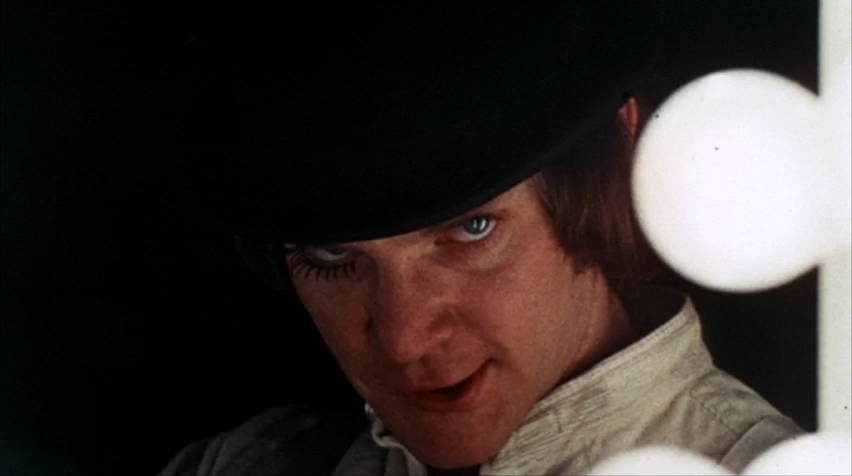
© Wikipedia

‘Funeral Parade of Roses’ © 1969 Postwar Japan Moving image archive © 2017 Arbelos All rights reserved
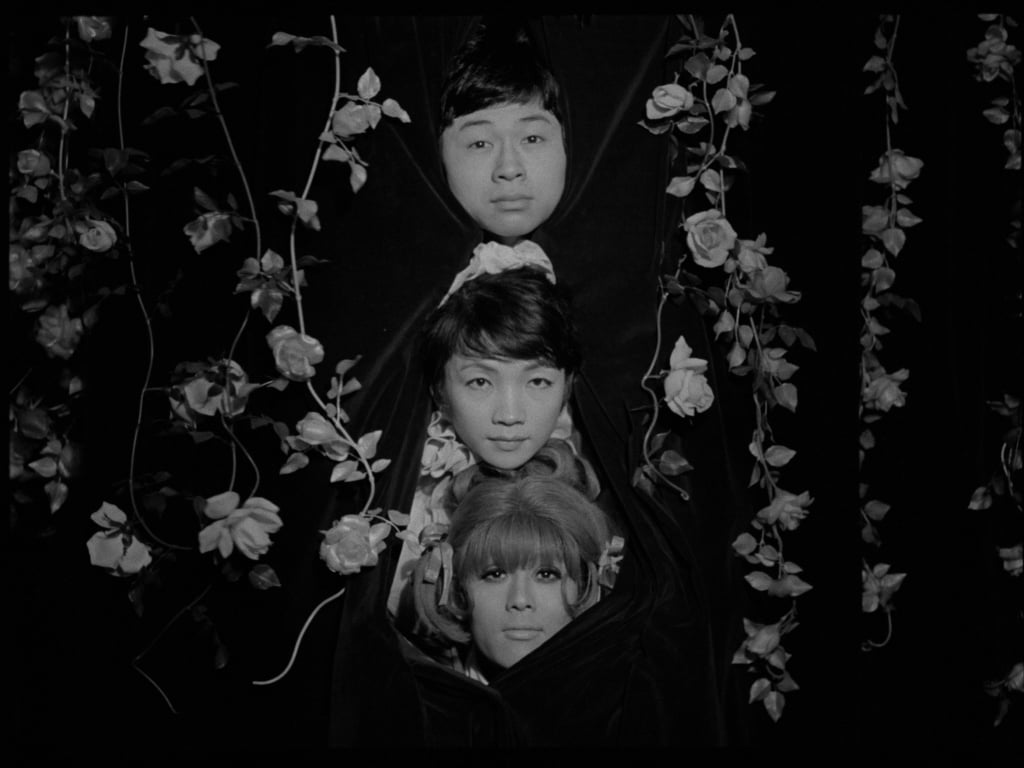
‘Funeral Parade of Roses’ © 1969 Postwar Japan Moving image archive © 2017 Arbelos All rights reserved
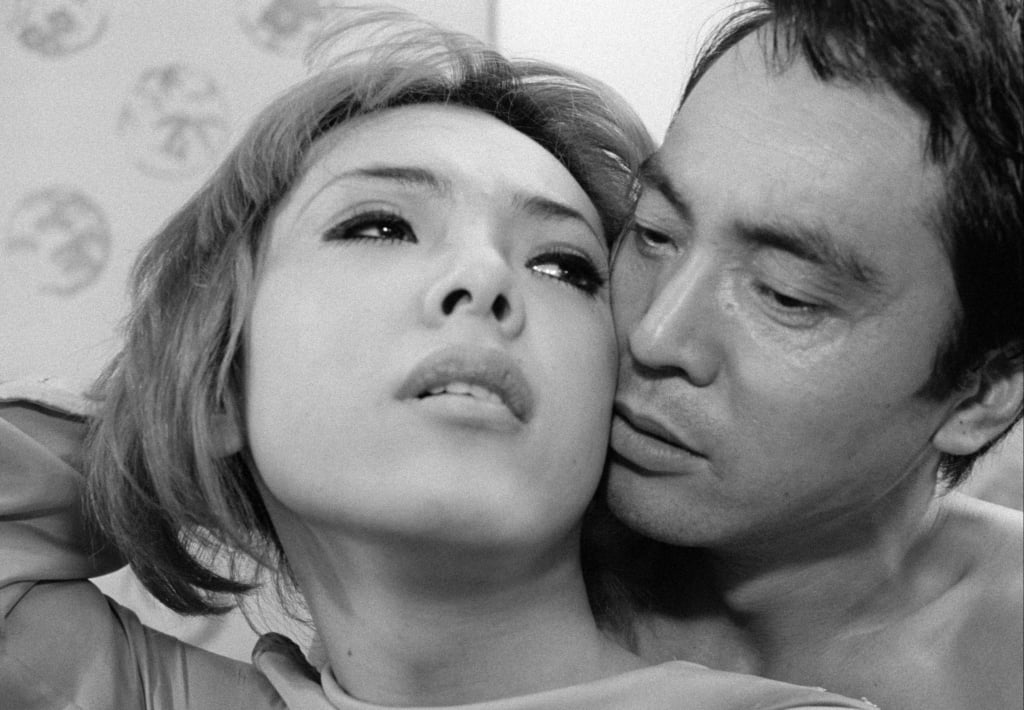
‘Funeral Parade of Roses’ © 1969 Postwar Japan Moving image archive © 2017 Arbelos All rights reserved
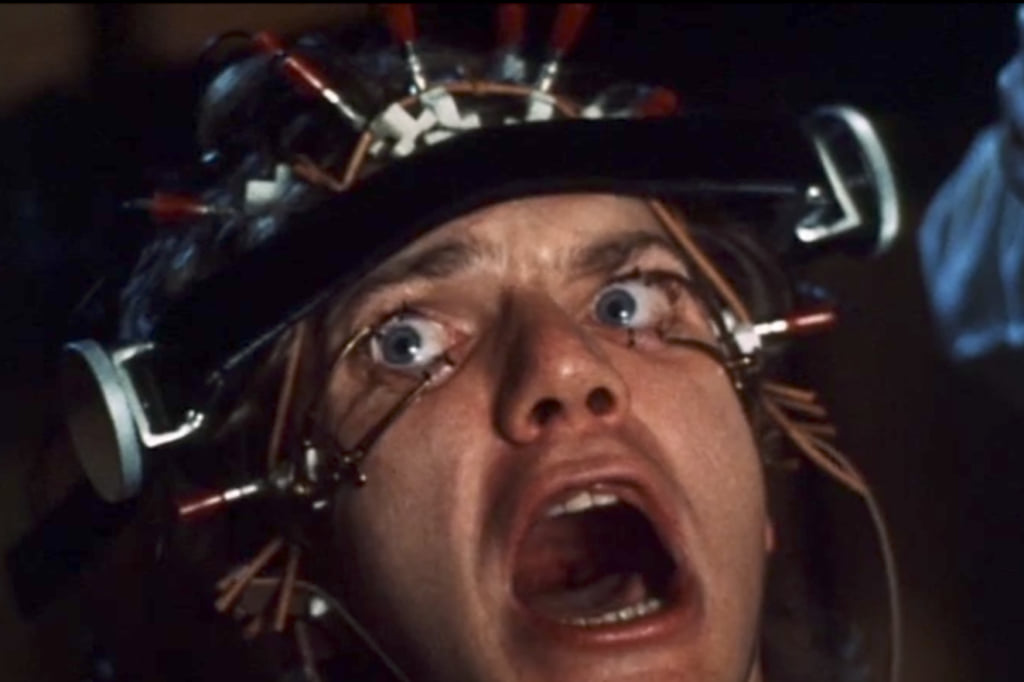
© Wikipedia
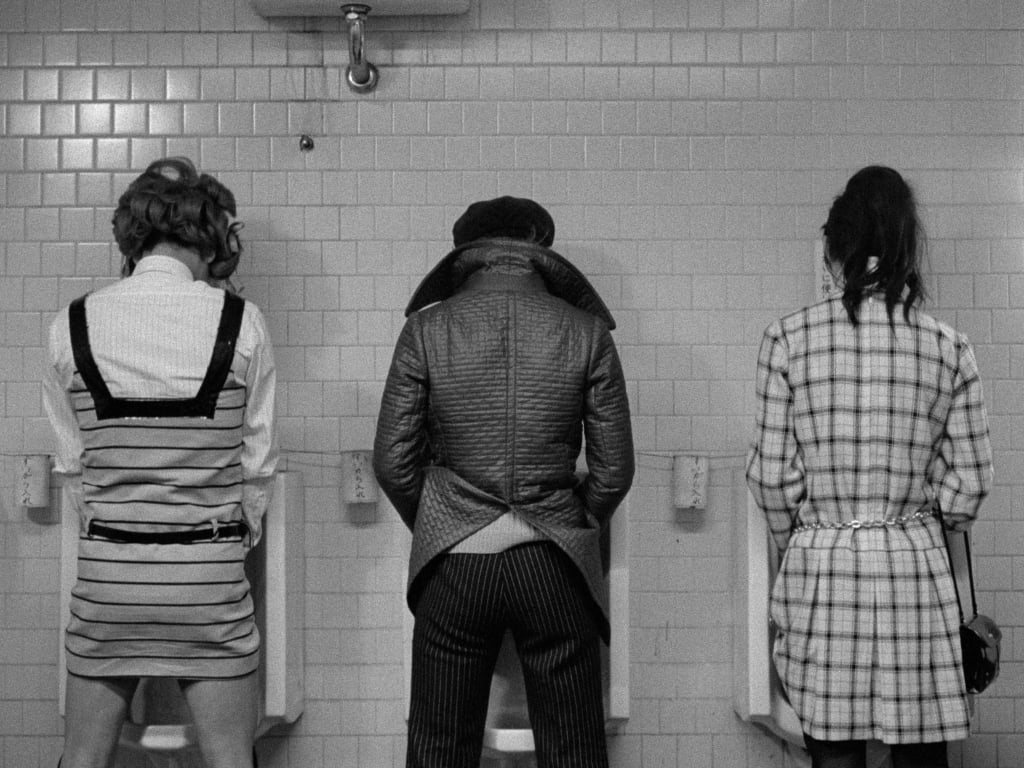
‘Funeral Parade of Roses’ © 1969 Postwar Japan Moving image archive © 2017 Arbelos All rights reserved
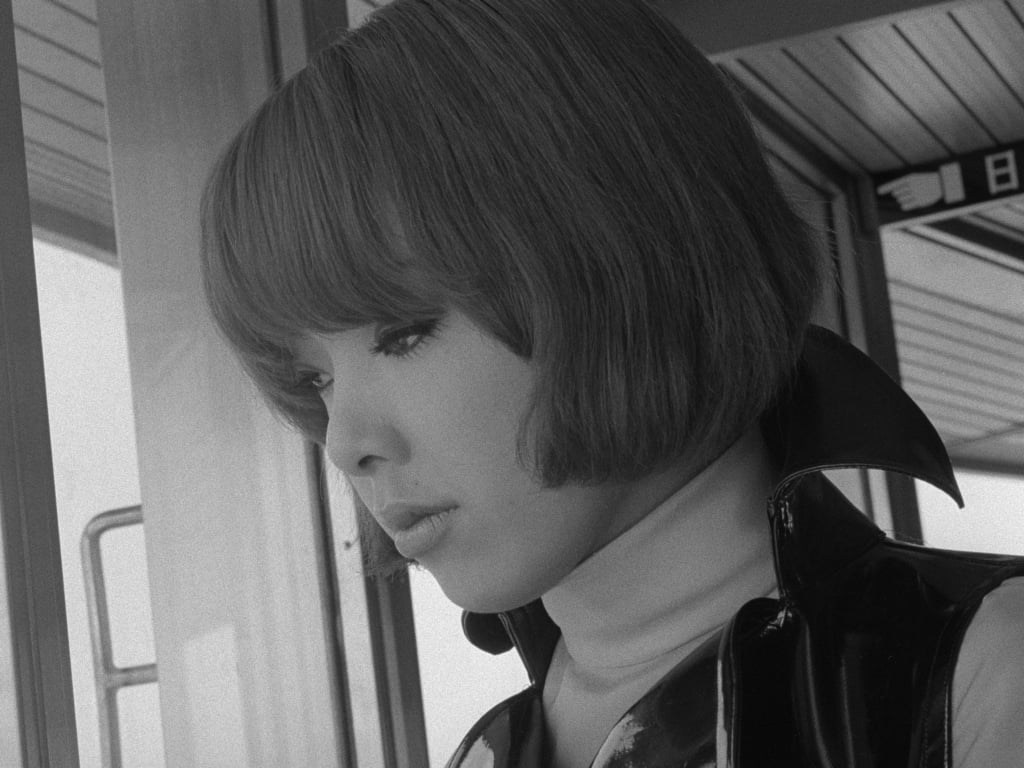
‘Funeral Parade of Roses’ © 1969 Postwar Japan Moving image archive © 2017 Arbelos All rights reserved
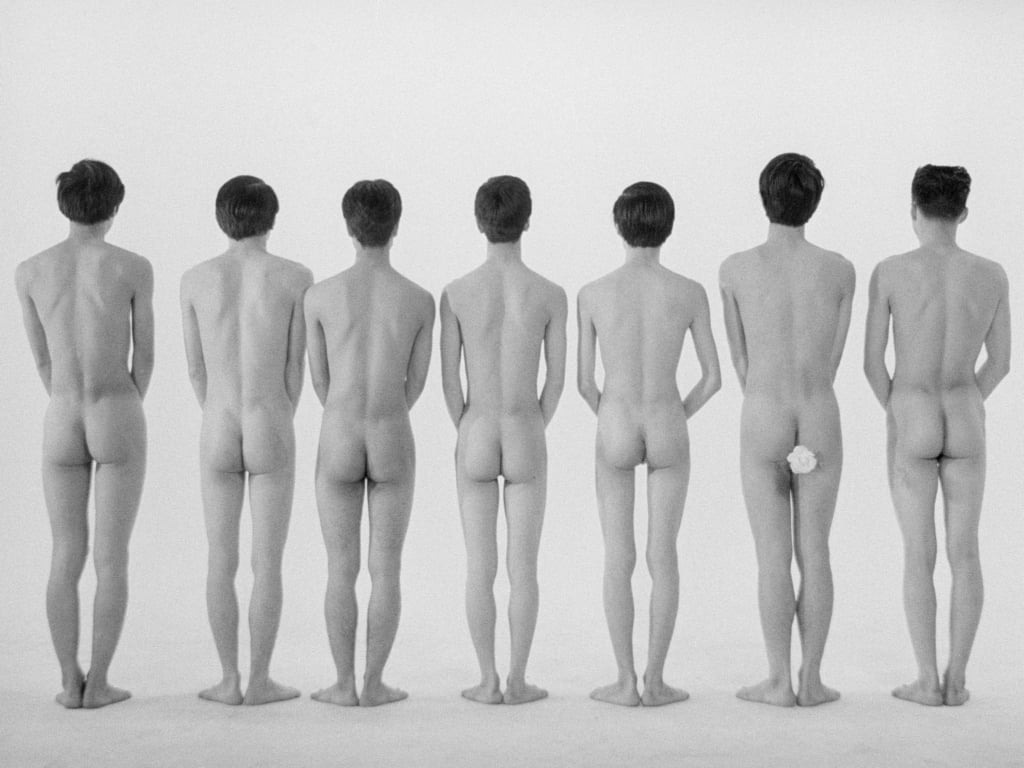
‘Funeral Parade of Roses’ © 1969 Postwar Japan Moving image archive © 2017 Arbelos All rights reserved
TRENDING
-
A House from the Taisho Era Reveals Its Secrets
While visiting an abandoned building, Hamish Campbell discovered photographs the owner had taken of the place in the 1920s.

-
The Taboo-Breaking Erotica of Toshio Saeki
The master of the 1970s Japanese avant-garde reimagined his most iconic artworks for a limited box set with silkscreen artist Fumie Taniyama.

-
With Meisa Fujishiro, Tokyo's Nudes Stand Tall
In the series 'Sketches of Tokyo', the photographer revisits the genre by bringing it face to face with the capital's architecture.

-
Masahisa Fukase's Family Portraits
In his series ‘Family’, the photographer compiles surprising photos in which he questions death, the inescapable.

-
Hajime Sorayama's Futuristic Eroticism
The illustrator is the pioneer for a form of hyperrealism that combines sensuality and technology and depicts sexualised robots.





